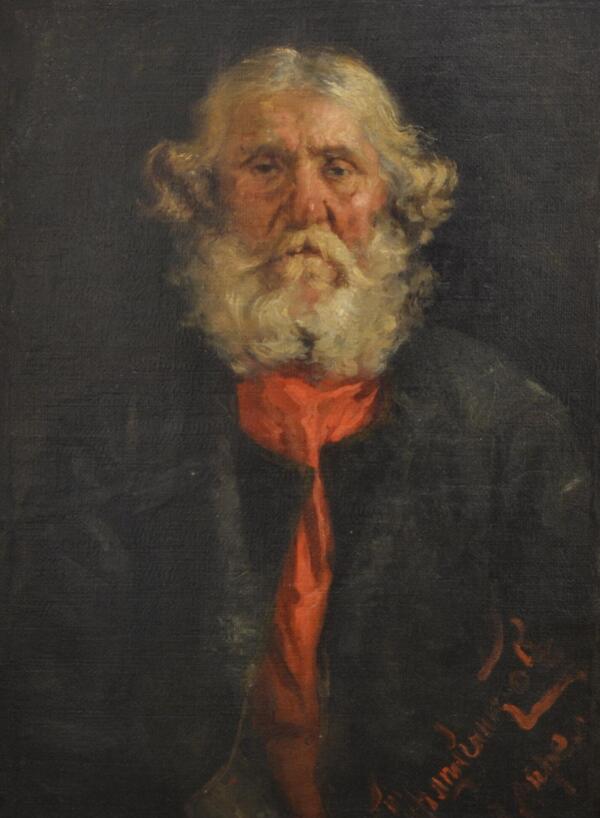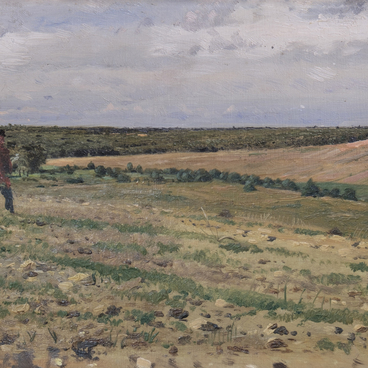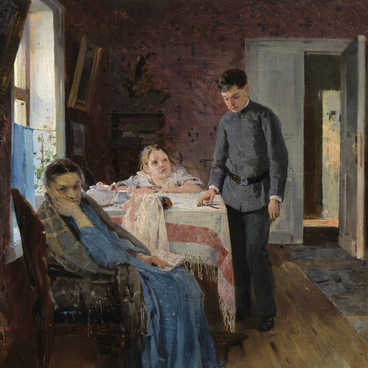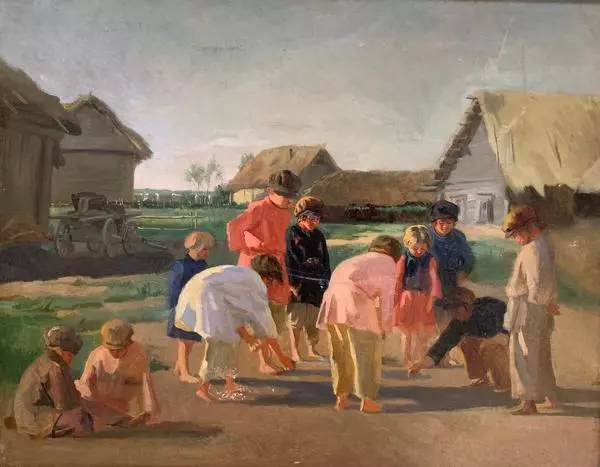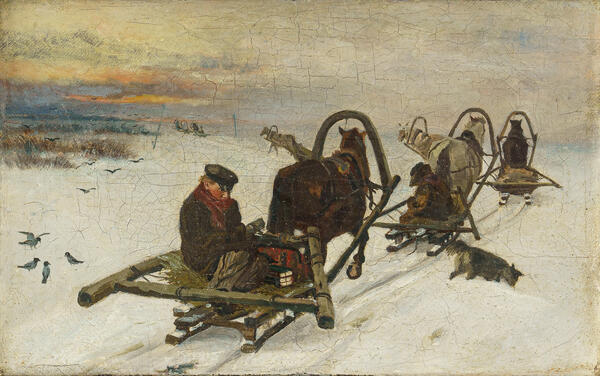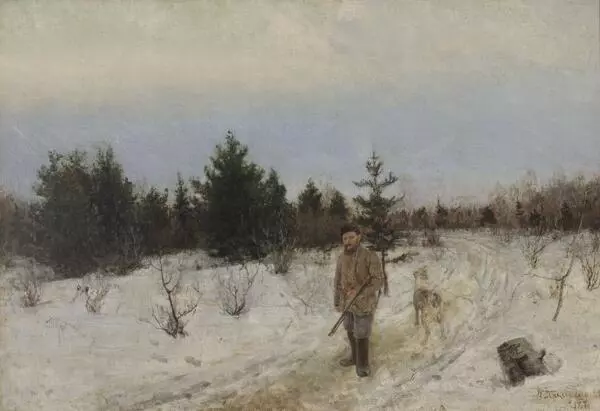Illarion Pryanishnikov represented the early “Wanderers” — the generation of artists who were at the origins of the Society for Traveling Art Exhibitions. At the age of 12, the future artist enrolled in the Moscow School of Painting, Sculpture, and Architecture, although after just one year, he had to drop out due to financial difficulties. Four years later, in 1856, Illarion Pryanishnikov returned to his studies. Thanks to his teacher Yegor Vasilyev, he was able to study for free. During his time at the school, Pryanishnikov became friends with the artist Vasily Perov. As students, they lived together in a state-owned apartment and even shared one fur coat in winter.
At the first exhibition of the Wanderers in 1871, Illarion Pryanishnikov’s painting “Without a Load” was recognized as the best genre scene. In this small canvas, the artist managed to say a lot about provincial Russia. While the original had already been acquired for another collection, a copy of this painting was made and sold to the patron Pavel Tretyakov. He never purchased copies or repetitions, but in this case, he made an exception.
Illarion Pryanishnikov was familiar with the world
of ordinary people. He often depicted them, focusing not on their daily
struggles but rather on the diversity of human personality. Spending most of
his time in Moscow, he said, “For Russian genre painters like us, Moscow is a
treasure trove. Here, Gogol, Ostrovsky, Turgenev, and Tolstoy all come together;
you just have to look and observe our truly Russian life.” Illarion
Pryanishnikov had a deep comprehension of the nature of the Russian people. He
often traveled to the Russian North where he painted studies from life. In
particular, he frequently visited Lalsk which is located not far from the Komi
Republic. In the 1880s and 1890s, the artist worked on large paintings
depicting diverse ordinary people, vividly showing different types and
personalities of the Russian countryside — “The Feast of the Savior in the
North, ” “Easter Procession, ” “Sacrificial Cauldron on the Feast Day”, and
“Preparation of a Field for Sowing Flax in the Vologda Governorate”. It was
during these years that Pryanishnikov created the portrait “Old Man” — an image
of a Russian man with a strong personality and unyielding spirit.


